Stay around this website long enough and you’ll certainly come across one or more proclamations that “Magic is a great game!” While we certainly believe that, there’s an ugly little troll inside gnawing its way out. No surprise that this dark side has to do with money – the fact that MTG is an expensive game and building good decks requires heavy spending.
Sadly everyone is a part of this vicious wheel of fire. Wizards of the Coast (the makers), local game store (LGS) owners, and even players continually find ways to suck as much money out of the ecosystem as possible. Money flows from player to player, or from player to store and subsequently to WOTC. There are multiple avenues, and these are just the legit ones. There are also plenty of shady deals, fake cards, and scams in the world of collecting MTG.
We’ll touch on many ugly aspects of collecting MTG, starting with the very basic and root of the problem:
The Gambling Nature of Opening Packs
Because WOTC decided on day one to sell the game via packs containing randomised cards, there is inherently a degree of gambling to collecting MTG cards. For $4, a player will receive a typical pack of 15 cards, filled with, originally, cards of Common, Uncommon and Rare categories.
The Rares are the hardest to find, are usually the most powerful cards, and thus highly sought after. Some time later, WOTC introduced the concept of Mythic Rare – cards that replaces a Rare card but aren’t in every pack. Now one would have to buy more packs in order to hit the Mythic Rare cards.
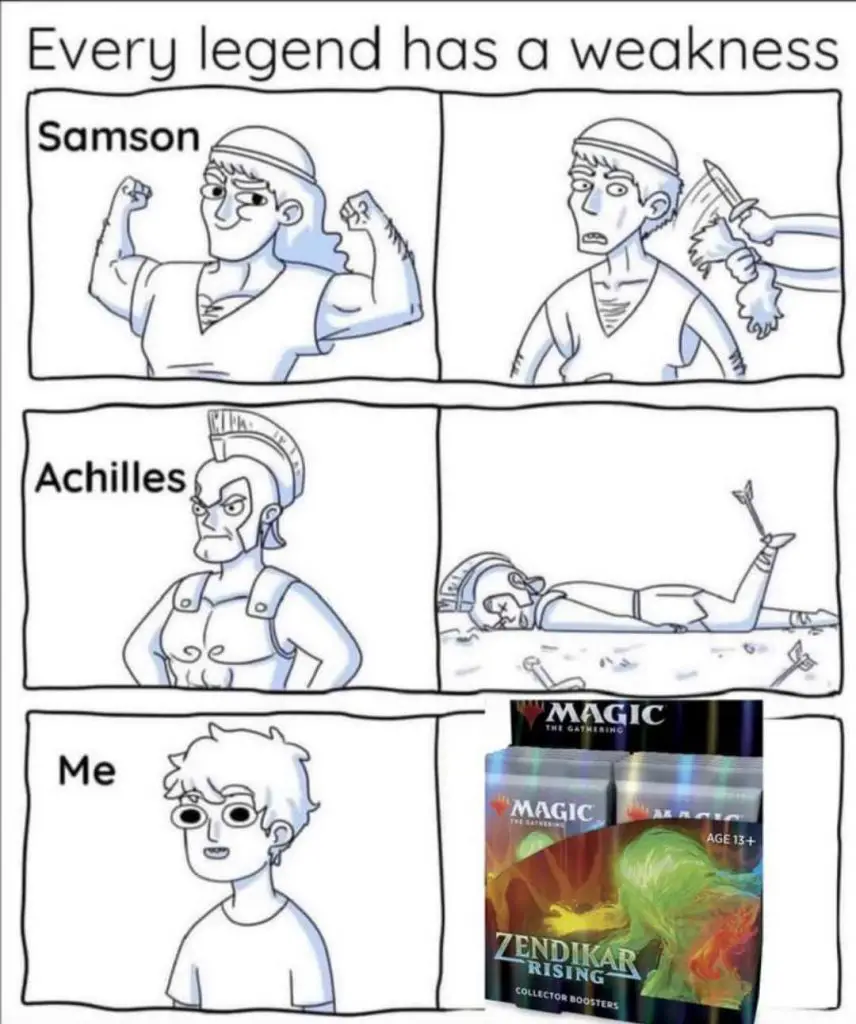
It is human nature to gamble – Man likes the gleam of gold, of opportunity to become something great (or in this case, pull a valuable card). While paying $20 for 5 packs in the hope of hitting a specific card may seem mild and within the lines of normalcy, exasperation quickly takes over when you don’t open what you want and keep spending till you reach that ‘high’ of winning, i.e. opening a valuable Mythic Rare card in your pack.
This is the same train of thought in gamblers where one would double the stakes in order to recoup the previous lost bet. It is a dangerous path and if you’re not careful, thousands of dollars could go to waste.
The best way to hold that gambling urge is to set aside a monthly budget limit for spending on packs. Since everyone’s circumstances are different and clearly some earn more than others, set aside a reasonable percentage for MTG expenditure. Students should set it even lower if they are taking an allowance from parents.
Box Break: All-In Gambling
The latest collecting MTG trend of the 2020s is called “box breaking.” Rather than fork out US$90 for a Standard booster box (containing 36 individual packs), a person can choose to “bid” on a specific card by paying a price often about 25%-50% less than what it would cost to buy that single card.
| Card | Price | Bidder | Card Spotted |
|---|---|---|---|
| Lotus Cobra | $4 | John | No |
| Omnath, Locus of Creation | $10 | Paul | No |
| Clearwater Pathway | $3 | Claire | Yes |
| Nahiri, Heir of the Ancients | $6 | Edwin | No |
You could choose to bid on just one card, or multiples. And if any of your bid cards are opened in a live streaming of the “box break,” then you get to keep them. However, if they don’t show up, then you walk away empty-handed.
In a way, it gives lower budget players a shot of getting a prized card, without risking the high cost of buying a box (which has no guarantee of having the card you want anyway).
But if you ‘break’ it all down, bidding in a Box Break is a higher level of gambling – it is literally “double or nothing” when you place your bet. Either you hit the bid card and walk away with 50% (or more) profit, or you leave with a 100% loss.
Statistically, you could even out the risk by bidding on multiple slots/cards, but after a certain point would it not be better to just buy one box for yourself? You would then be able to keep or sell all the cards. It’s a decision that everyone has to make on their own.
Searched and Resealed Packs Sold on Amazon or Big Stores
The game of MTG may be innocent on its own, but that doesn’t apply to the world of shrewd con men out to make a buck.
Sealed MTG booster boxes come shrink wrapped with cellophane printed with WOTC’s logos. It’s sort of a deterrent and insurance to instil confidence in the customers, that this product hasn’t been tampered with.
Opening and resealed a booster box is hard work, and it’s easy to make a mistake.
However, scammers subsequently avoid the booster box altogether and went on the open and reseal single booster packs. In the US, big department stores such as Target sell loose packs. There have been countless cases of people buying these packs, looting them for valuable cards, resealing them with glue, and either sell them online or return them to the shop.
If someone buys them online, it might be too late to recover the funds by the time the product arrives. In the stores, returned packs could be repackaged in a container and there is no way to inspect individual packs without purchasing them.
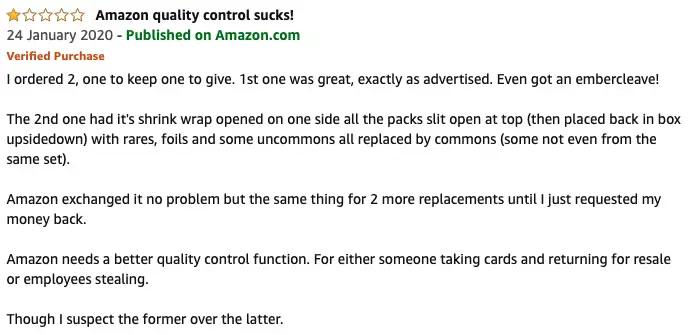
There’s simply no way to tell, when browsing an online store or on Amazon.com, if a booster pack or sealed product has been looked through before.

The safest way to buy packs with peace of mind is to go through your local game store (LGS) that is also a Wizards Play Network (WPN) member. These shops have been vetted by WOTC and receive the sealed products directly from their distributors. The prices may not be as low as a random online seller, but the guarantee of a genuine product is worth it in our opinion.
Fake Singles Sold On Ebay/Online Stores
The world has advanced a lot in 20 years, and today printers are able to closely replicate the quality of a Magic card. WOTC tried to circumvent there with the introduction of the hologram found on the bottom of Rare or Mythic Rare cards.
This hologram is especially hard to counterfeit. It is akin to a security measure installed within the bank notes that everyone uses.
But any card before 2015 (especially the Reserved List) would not have the hologram and makes them a prime target for fake cards. Older cards also command a higher price on the secondary market, thus it is even more reason for scammers to target those.
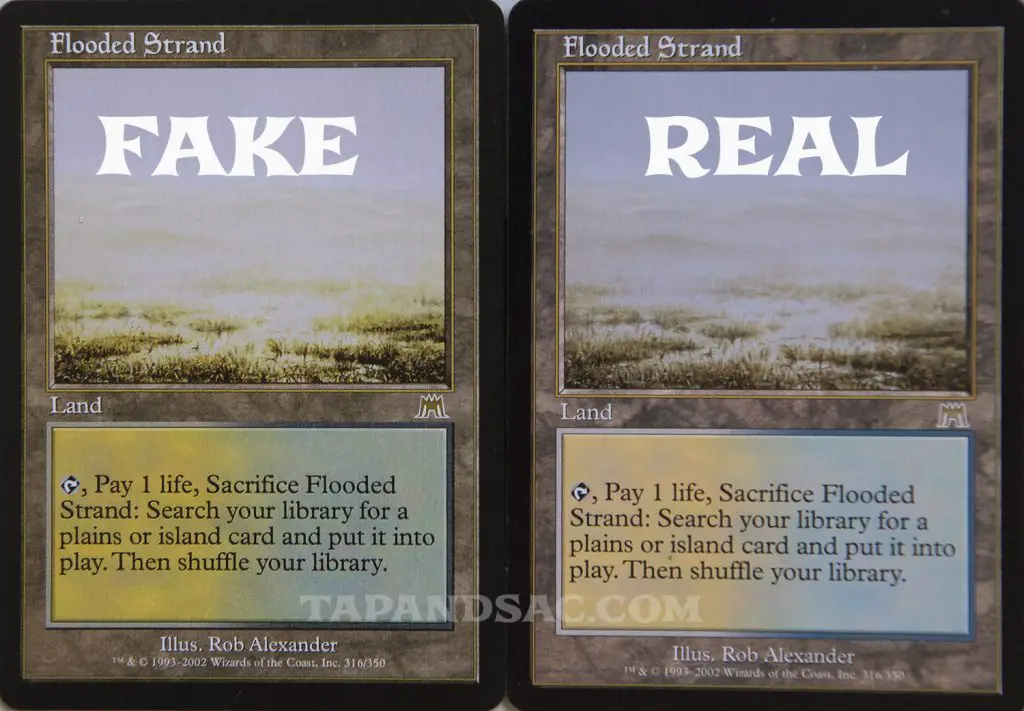
Housed within a sleeve and without proper inspection, some of these fake cards and fool even veteran players. The high resolution printing of these fake cards is so good and even the colour replication can be very close.
When you can’t physically touch the card, like on Ebay or an online store, how can you be 100% sure that a card you are purchasing is real?
The harsh reality is that you can’t be absolutely sure, but rely on ratings and references of individual sellers (if they are on Ebay), or buy from reputable online card shops such as Card Kingdom or Star City Games. These big shops ship internationally so you don’t have to be in the US to purchase them.
Fake Cards Sold Locally
Even when players are able to hold the cards in their hands, anyone can be easily fooled when they don’t take the time to carefully inspect them.
Such transactions often occur through buy-and-sell Facebook pages or small local forums where both buyer and seller meet at a neutral location to deal. The problem is many sellers are unverified and there is no system of references to rely on.
Cards (especially high-valued ones) need to be taken out of the sleeve and inspected. There are several tests that you can do to confirm the veracity of the card. The loupe test in particular needs more attention and it can be hard to tell the difference. It’s best if you have another real copy of the card available for comparison, but if not then a different card from the same set (even a Common will do).
The best way to deal locally is at the LGS itself, where a neutral party (the store) will have the expertise to ensure any high-value cards are indeed real. Of course, if you’re dealing with $1 Rares from recent sets, there’s no need for that since scammers do not even bother selling low-value cards. The cost of acquiring low-value fake cards would be far more than what they could sell them off for.
Another form of insurance when meeting a seller for the first time is to make a note of contact details. A mobile number and address would be the basic, and the next best would be a full name and a simple snapshot of what the seller looks like. In the worst possible scenario, if you were scammed of a $1000 card, at least you have some details for the police to work on.
Flooding of Premium Foils, Multiple Alternate Art Cards
Ever since the release of the Collector Booster in the Throne of Eldraine set (2019), Wizards of the Coast has been pumping out one for each new release. A Collector Booster pack costs about 6-7 times more than a regular Draft booster pack, but contains, typically, multiple Foil cards, as well as Extended-Art, Full-Art, or Alternate-Art variants.
If you’re confused over which particular version a card belongs to, don’t feel bad because the surge of new products from 2019 to 2020 has gotten many players confused (and frustrated).

In the past, collecting MTG meant having one of each card from a set, perhaps non-Foil or Foil versions. Now each card has the potential to have 4 or more variants. The recent Teferi, Master of Time from Core 2021 set apparently has 18 versions (8 Regular Non-Foils and Foils, 8 Showcase Non-Foils and Foils, and 2 Full-Art Non-Foil and Foil). How does a regular player even begin to collect all the cards? It would take a very big wallet to do so.
The release of the Secret Lair series, offering premium reprints of popular and themed cards has also caused much distress within the collector community. In Sept 2020, after 17 releases, WOTC introduced the first collaboration with another franchise – The Walking Dead.
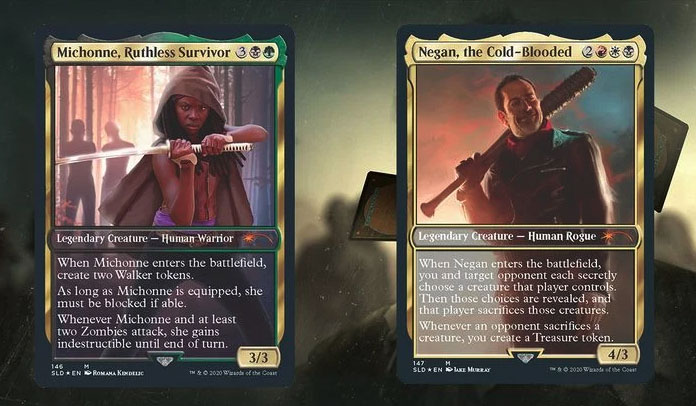
The cards will feature art and characters from TWD and are apparently legal competitively in some MTG formats. This is just the first step in perhaps years and years of future cross-brand products and publicity, especially when 2021 is slated to have sets closely related to the worlds of Harry Potter and Dungeons and Dragons.
People Only Share the Hits, not the Misses
Take a look at any of your social media feeds – 95% of posts are of happy smiles basking in the warm fuzzy rainbow above their heads. The same applies to the boasting of pulls from packs.
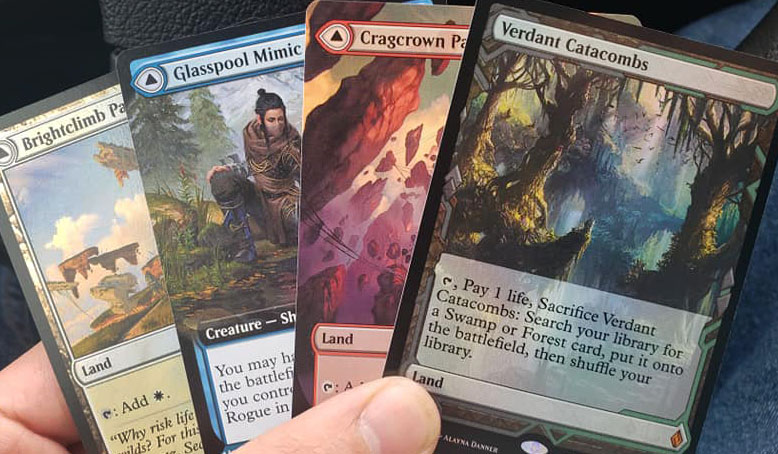
Granted, these people are genuinely excited and just want a way to celebrate, but what players don’t realise is it creates an air of envy and fear of missing out (FOMO). Others who see the amazing pulls then imagine that they can do the same if they buy that one or two packs. One or two is fine but what happen when that becomes 100?
On the other end of the spectrum, the dismayed ones who opened nothing of value in their packs tend to dump them in a corner, eager to forget about the experience. Seldom does someone share the unhappiness and bitterness of lost money.
And this lost money is what makes collection showboating even worse than social media posts of a birthday dinner or holiday getaway. Those posts may also garner some envy but hardly anyone is going to then splurge on an impromptu birthday party for themselves, or book a trip to exactly the same destination.
Our advice is to stay away from social media feeds that do more harm than good. You can come across good and useful content through sharing, but if all you see are pulls of Ugin, the Spirit Dragon or Uro, Titan of Nature’s Wrath, then you know you should cut down.
End Step of Collecting MTG
After reading this far, we’d be amazed if you haven’t ran away terrified from MTG. Is there any salvation for collecting MTG?
The easiest answer is to go back to the roots of the game, playing it for fun and not be bothered by the cloak and daggers behind the buying and selling of cards. Keep to budget decks, and play casual games of Commander with cheap cards, or proxies if you must have some higher tier cards in it.
We all know spending is inevitable, but we would not encourage anything over 10% of your income. After all, you have other hobbies or activities that you enjoy, so don’t spend it all on MTG.
Remember, MTG is a game first and foremost.


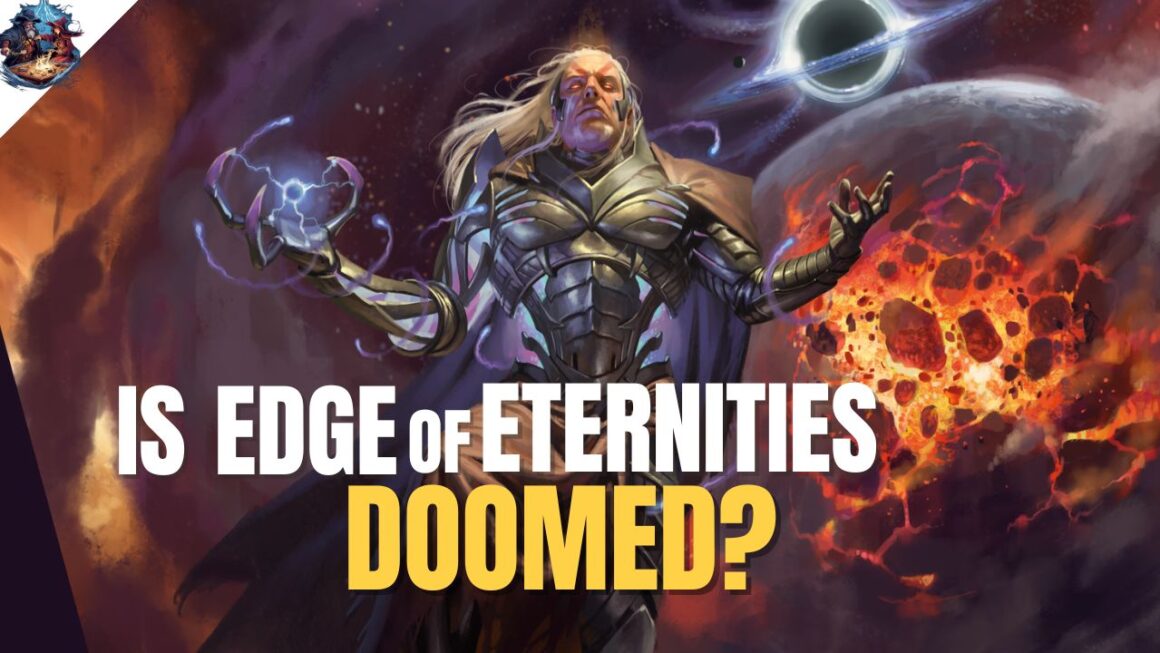
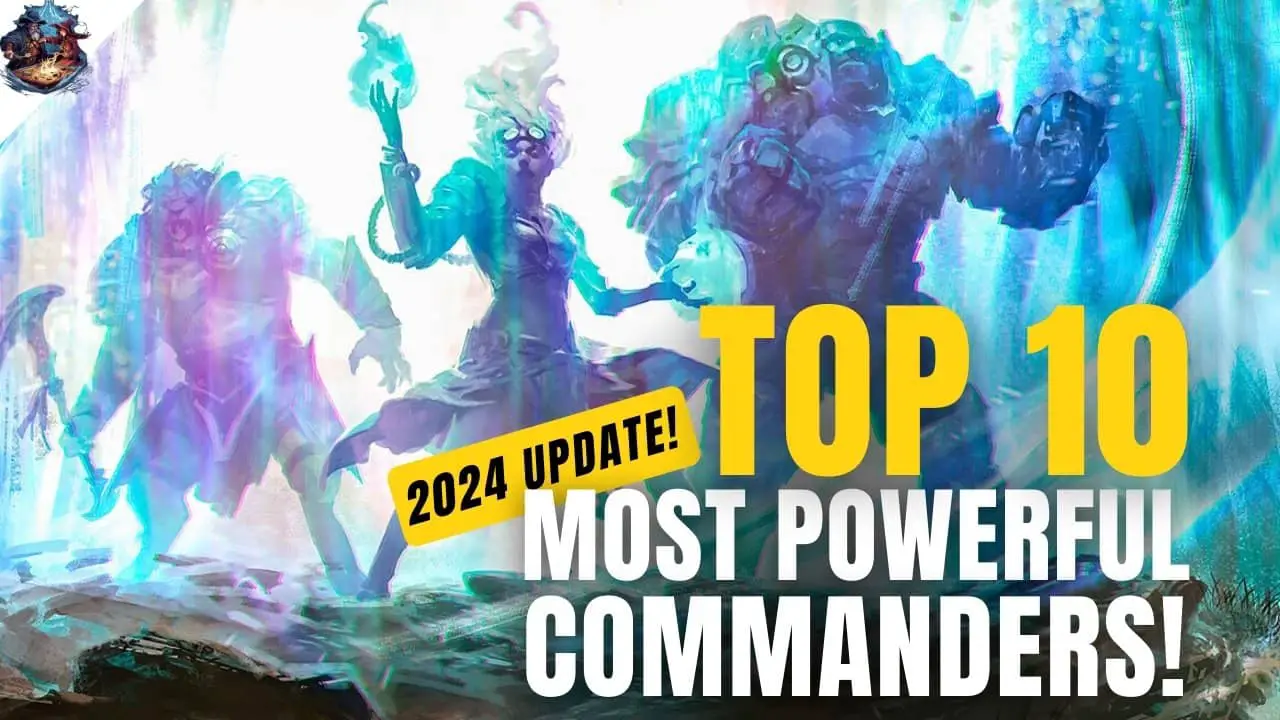

Appreciating the persistence you put into your blog and detailed information you provide.